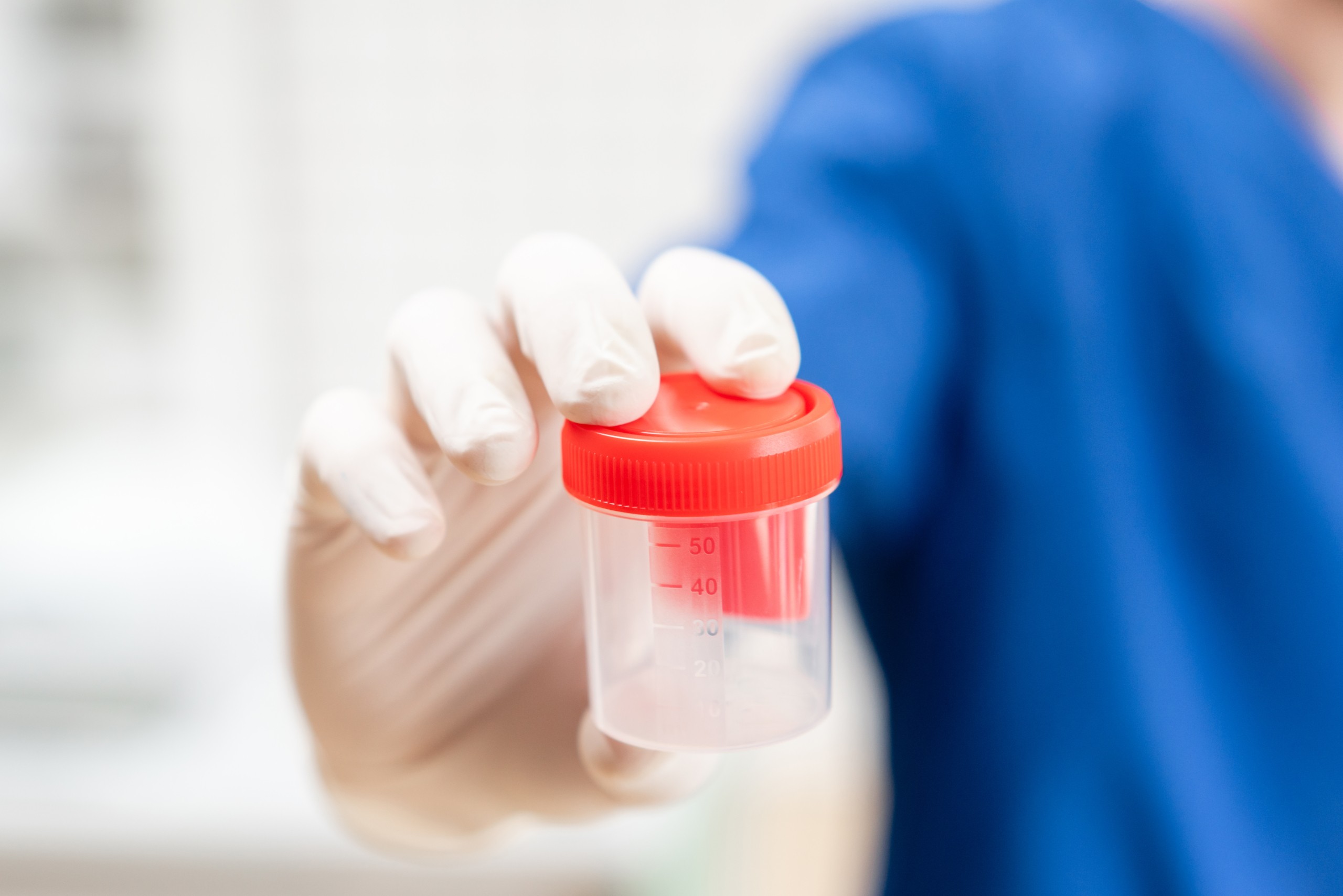Trying to conceive can be an exciting yet sometimes stressful journey. If you’ve been trying for a while without success, you’re certainly not alone. 1 in 6 couples finds it difficult to get pregnant, with many seeking fertility care. While the first line of action has traditionally revolved around the woman, getting tested as a man is equally important.
A semen analysis is a simple and important first step in evaluating male fertility. It provides valuable information about the health and quality of your sperm, which can help your doctor determine potential causes of infertility and guide your path forward. In this article, we’ll address some common questions and concerns you might have about getting a semen analysis and hopefully encourage you to take this important step.
Why Get a Semen Analysis?
If you and your partner have been trying to conceive for over a year without success (or six months if your partner is over 35), a semen analysis can be a valuable tool. It can help identify potential issues with sperm count, motility (movement), and morphology (shape). This information is used to create a personalized fertility treatment plan. This might include lifestyle changes (e.g., quitting smoking, reducing alcohol intake, maintaining a healthy weight), or specific medications to improve sperm health. Depending on the results, further fertility testing for your partner or assisted reproductive techniques may be considered.
If you do not want to wait as long, you can be even more proactive by taking an at-home sperm test. The YO Home Sperm Test kit provides you with a motile sperm concentration, YO score, and a live video of your sample which you can then share with your doctor.
How to Prepare for a Semen Analysis
A semen analysis is a completely painless procedure. Most clinics ask that you do not engage in any sexual activity (both intercourse and masturbation) for two to seven days before a semen analysis. For most men, 3 or 4 days of abstinence is best. This ensures that your sperm counts are at the highest levels, so you get the most accurate analysis.
What to expect during a semen analysis
Clinics generally collect samples in one of two ways:
At-Home Collection: You will be provided with a sterile collection container and detailed instructions. You cannot use lubricants to collect your sample as this may affect sperm motility.
Collection at the clinic: Some clinics offer a private room for sample collection.
If you collect the sample at home, you need to deliver it to the clinic or lab within 30 to 60 minutes, ensuring the sample stays at room temperature throughout. Exposure to different temperatures affects sperm and you want the most accurate result possible.
As sperm counts vary from day to day, you may need to provide more than one sample a few weeks apart.
Understanding your test results
What’s included in your results depends on why you’re getting a semen analysis. In terms of your fertility, the report will include information on:
- Semen volume: The total amount of fluid ejaculated in milliliters.
- Sperm count: The number of sperm present per milliliter of semen. You are considered to have a low sperm count if you have fewer than 15 million sperm per milliliter or less than 39 million sperm total per ejaculate
- Motility: The percentage of sperm that are actively moving and their swimming patterns. A normal level ranges from 40 to 81 percent.
- Morphology: The shape and size of the sperm, as certain shapes are necessary for successful fertilization. A normal morphology level ranges from 4 to 48 percent.
- pH level: The acidity or alkalinity of the semen. Semen that’s too acidic can affect sperm health.
- Vitality: The percentage of live sperm in your sample
- White blood cells: White blood cells in your sample may indicate infection or inflammation
- Liquefaction time: The time it takes for the semen to become liquid after ejaculation. A long liquefaction time may signify issues related to sperm health and fertility.
If some parameters fall outside the normal range, it doesn’t necessarily mean you can’t conceive naturally. Your doctor will interpret the results in the context of your medical history and may recommend a repeat test for confirmation.
Key Takeaway
A semen analysis is a straightforward and valuable tool for evaluating male fertility. It’s a crucial first step for couples struggling to conceive and can pave the way for a successful pregnancy. Remember, you’re not alone in this journey. By working together with your doctor and openly communicating with your partner, you can navigate this process with confidence and increase your chances of achieving your dream of fatherhood.
Take the first step to learning more about your sperm health. Try out the Yo at-home sperm test here.







